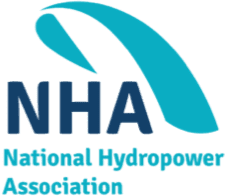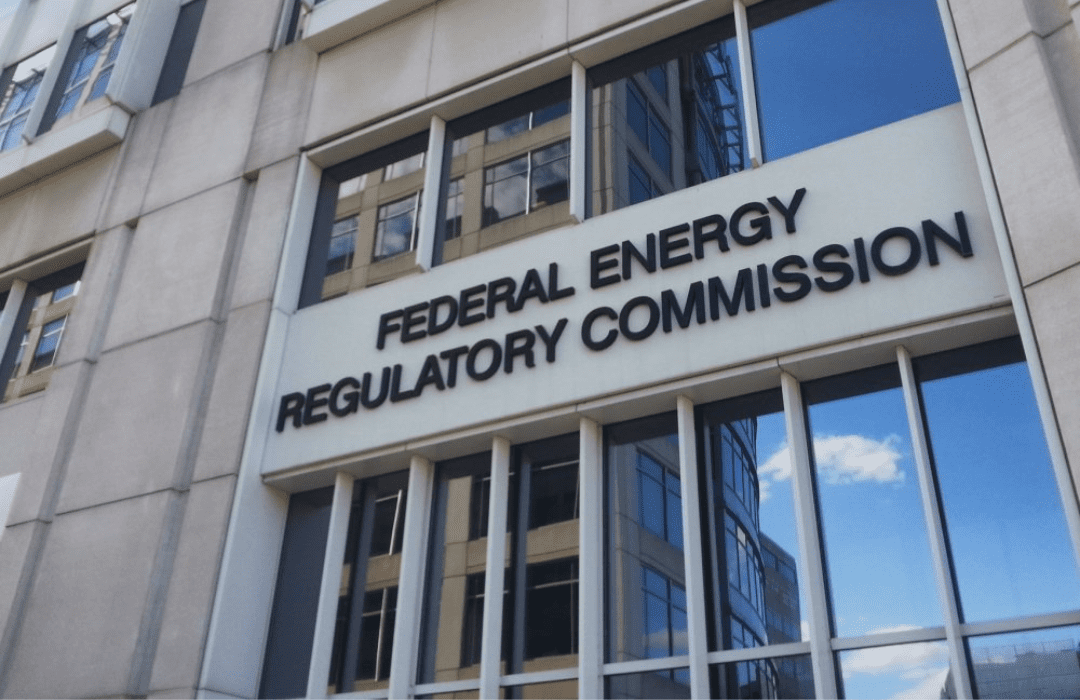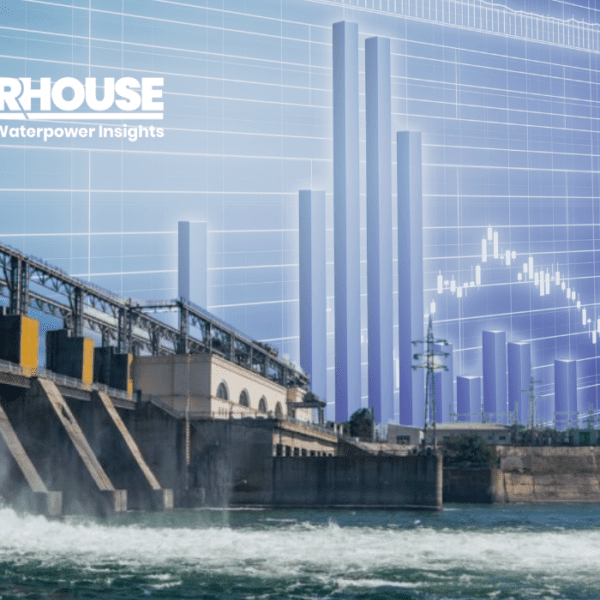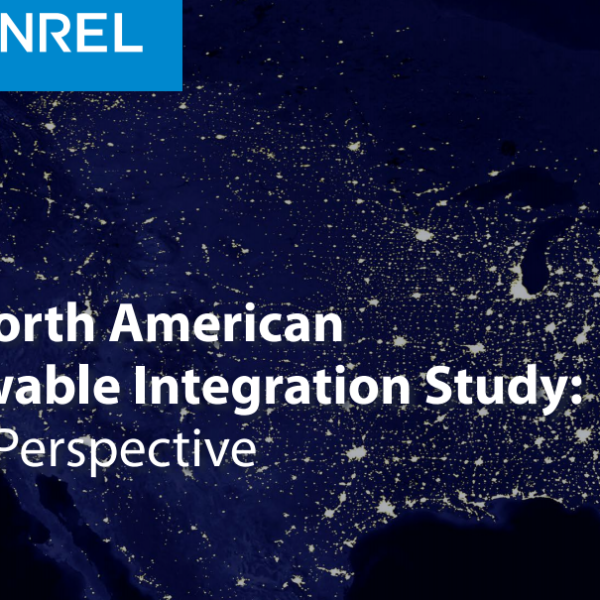By this time next month, the Federal Energy Regulatory Commission (FERC) will have received comments on its proposal of how to improve the process of interconnecting electric power generators to the transmission systems in the United States.
For developers of new hydro and owners of existing assets, changes are urgently needed to reduce the number of queue requests that are not serious or duplicative, as well as limit the number of system studies that are required by transmission planners (i.e., the utilities).
Comments on the proposal are due to FERC by October 13, 2022. Hydro developer Rye Development is leading efforts to prepare comments specific to conventional small hydro and to pumped storage hydro.
THE DEEP DIVE
On June 16, 2022, the Federal Energy Regulatory Commission (FERC) issued a Notice of Proposed Rulemaking (NOPR) regarding Improvements to Generator Interconnection Procedures and Agreements (Docket No. RM22-14). These are a standard set of interconnection processes that FERC created to interconnect generators to the transmission system.
This Notice of Proposed Rulemaking would reform the standard (pro forma) interconnection agreements and procedures to “address interconnection queue backlogs, improve certainty, and prevent undue discrimination for new technologies.”
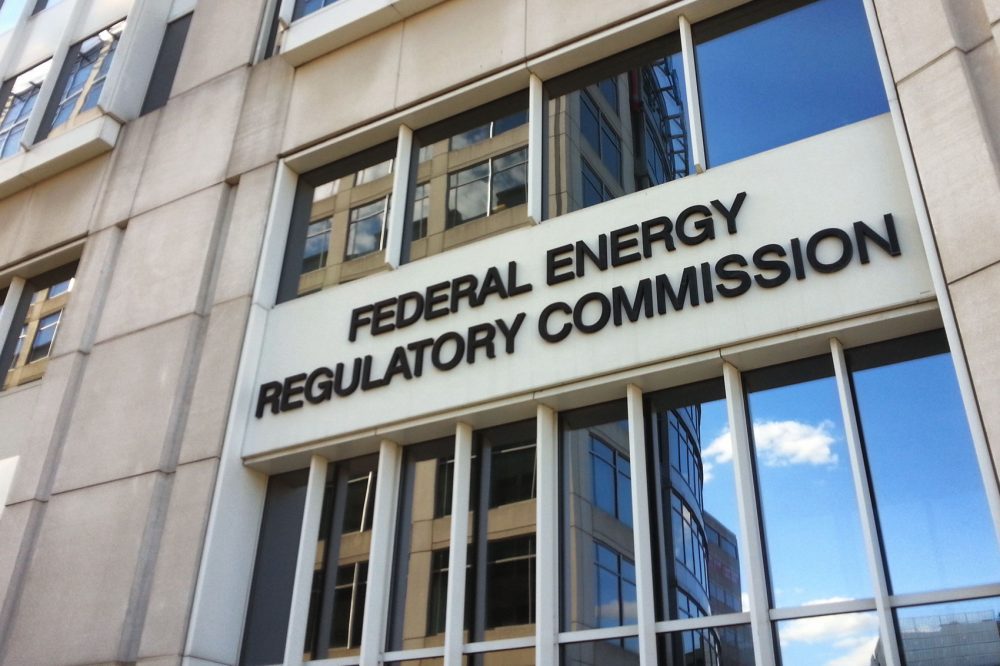
Many regions of the United States have seen their interconnection queues become very long.
As example, PJM Interconnection, L.L.C.’s interconnection queue received over 107,000 MW of interconnection requests from more than 1,300 projects in 2021 alone.
ISO New England’s interconnection queue is currently greater (~30,000 MW) than the region’s historical peak load of 28,130 MW.
These backlogs create uncertainty for developers, inhibit the country’s transition to a clean energy economy, and tie up valuable resources for transmission planners.
The aforementioned Notice of Proposed Rulemaking, along with the Transmission Notice of Proposed Rulemaking Addressing Planning, Cost Allocation (Docket No. RM21-17), are designed to remove real and perceived roadblocks to building new, renewable resources in the United States.
Comments are due October 13, 2022. National Hydropower Association member organization Rye Development is preparing comments in response to the notice and invites other companies to “sign onto” the comments with Rye. Rye’s comments are heavily tailored to improve the interconnection process for small and pumped storage hydropower projects. If your company wants to co-sign the comments, please contact me at: michael@hydro.org.
UNDERSTANDING THE NOPR
There are three main sections to the NOPR (Notice of Proposed Rulemaking) regarding FERC’s “Improvements to Generator Interconnection Procedures and Agreements.”
The first section concerns implementing a “first-ready, first-served” cluster study process, moving away from a serial review process. The serial review process has transmission providers review individual projects by the date the interconnection request is submitted, while clustering would allow transmission providers to study new interconnection requests in groups. The cluster study process would also require increased financial commitments from the developer and upfront readiness requirements such as more stringent site control.
Clustering has already been put in place in some regions of the United States, but FERC would incorporate it into the pro forma Large and Small Generator Interconnection Process. Within this broad header of cluster study processes, FERC is proposing:
- More surgical reforms, such as how costs are allocated within the cluster for studies and network upgrades
- Increased financial commitments by developers, such as requiring 100% site control or a $500,000 to $2 million deposit in lieu
- A transition from the existing process to the new process
The second main section focuses on increasing the speed of processing interconnection requests. The first item within this section removes the “reasonable efforts” standards on transmission providers in performing their interconnection studies. Instead, it places a “stick” on transmission providers. FERC is proposing a deadline for transmission providers to perform these studies; however, the commission doesn’t specify what that deadline is.
The second item in this section reforms the affected systems studies. Affected system studies analyze impacts to neighboring systems; however, there aren’t currently standard requirements for these studies. FERC seeks to create consistent standards for affected system studies with penalties for transmission providers who don’t comply with the deadlines proposed by the Notice of Proposed Rulemaking.
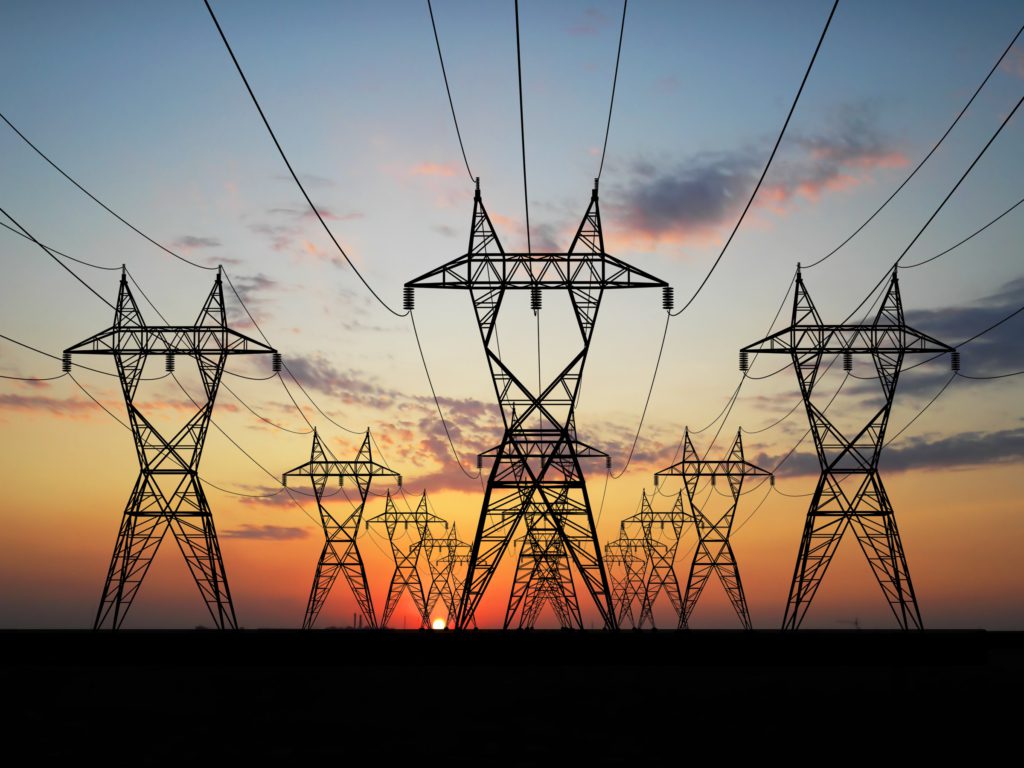
FERC has also proposed creating an optional resource solicitation study. These studies are designed for resource planners to create a portfolio of resources to meet state requirements. Some transmission providers already allow for these optional studies to be conducted.
Finally, the last section proposes reforms to incorporate technological advancements into the interconnection process. FERC pointed to the fact that, in a serial interconnection setup, co-located resources (such as solar/battery hybrid behind the same point of interconnection) could require their own positions in the queue; therefore, surplus interconnection space isn’t being utilized efficiently.
There are a number of issues FERC raised in this section. For one, FERC suggests allowing co-located resources behind the same Point of Interconnection be allowed to share an interconnection request. That is, unless they have two different voltages. In those cases, the attendant challenges need to be addressed prior to sharing an interconnection request.
FERC has also suggested that after the original Large Generator Interconnection Agreement has been executed, then other interconnection customers can access the surplus service.
Finally, but not in totality for this section, FERC is proposing changes to support the modeling of non-synchronous generation and requiring that “all newly interconnecting large generating facilities” synchronous generation will provide “ride-through” capability – i.e., the ability to stay online and synchronized with the grid in the event of abnormal frequency and voltage conditions.
WHAT REFORM COULD MEAN FOR HYDRO?
While none of these changes are hydro-specific (reforms are meant to be generic across electric power generation technologies), they could help relieve the interconnection queue congestion moving forward.

